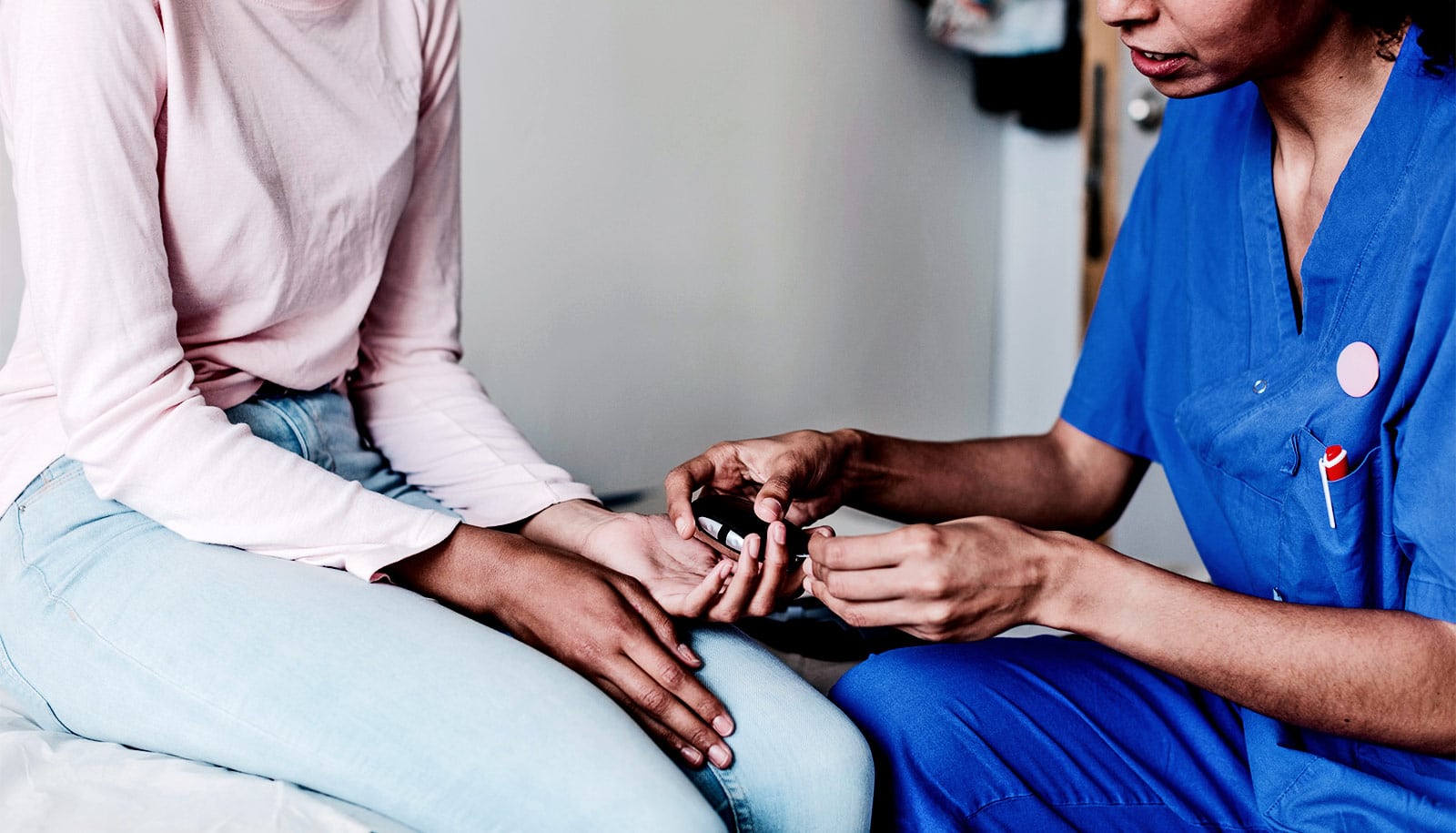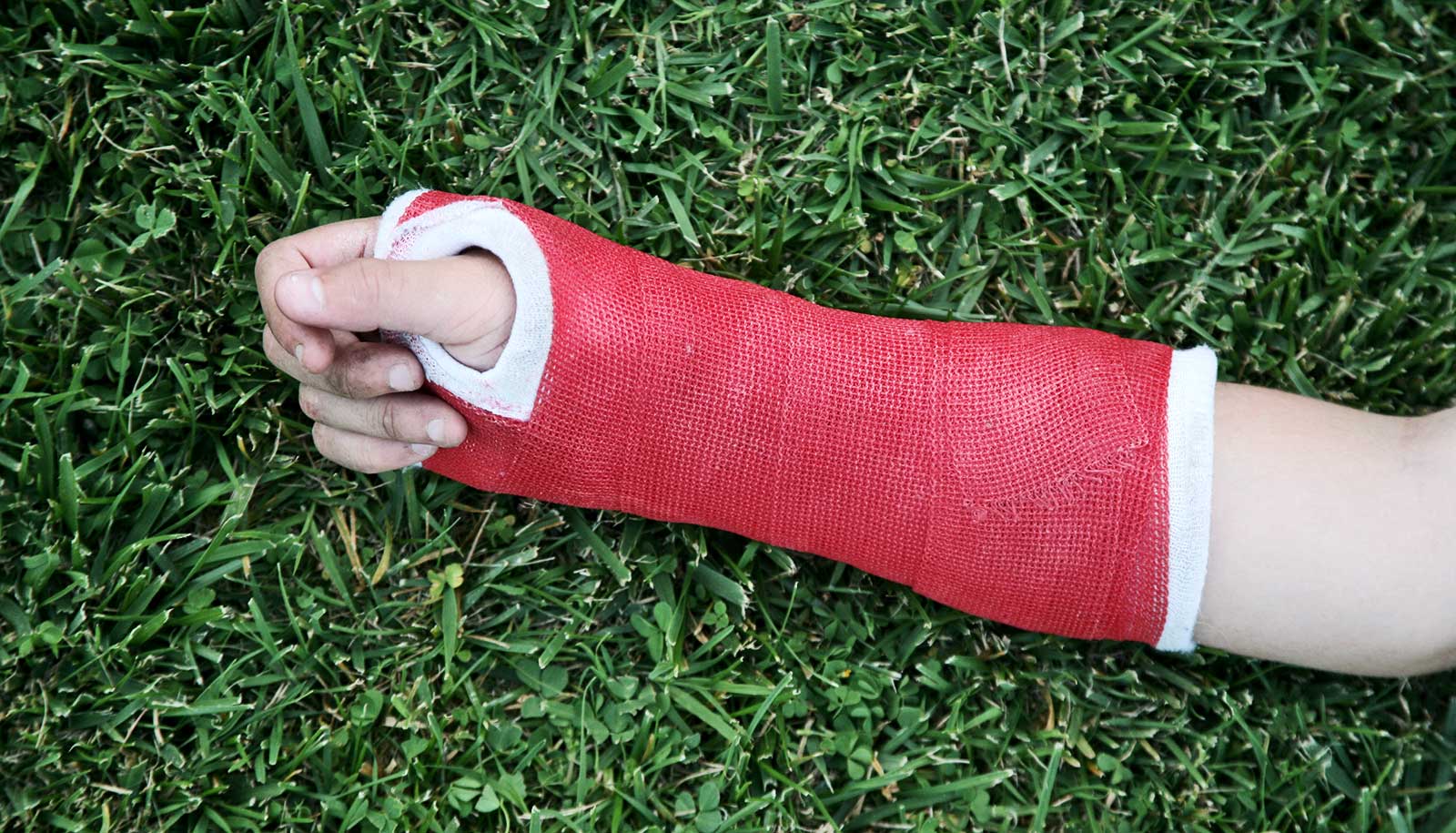Children who take oral steroids to treat asthma or autoimmune diseases have an increased risk of diabetes, high blood pressure, and blood clots, a new study shows.
Researchers looked at the records of more than 933,000 US children from ages 1 to 18 with or without autoimmune diseases, such as inflammatory bowel disease, juvenile arthritis, or psoriasis.
Among those without an autoimmune disease, about two in three children who received prescriptions for steroids had evidence of asthma.
“The rates of diabetes, high blood pressure, and blood clots from oral steroids have been studied in large populations of adults,” says Daniel Horton, an assistant professor of pediatrics and epidemiology at Rutgers University’s Robert Wood Johnson Medical School and author of the study in the American Journal of Epidemiology.
“However, there are reasons to think these findings might be different in children, who not only tend to take steroids differently than adults but also have much lower baseline risks of developing these same cardiovascular and metabolic conditions. This study allowed us to put numbers on the association between oral steroids and rare, but potentially serious, complications in children,” he says.
The researchers found that children who received high doses experienced these complications at much higher rates than children taking low doses or who had taken the drugs previously.
Among the complications researchers studied, high blood pressure occurred most commonly with steroid treatment. All of these complications were more common among children with autoimmune diseases, independent of the steroid effect.
“While children receiving high-dose steroids were at substantially higher risk for developing diabetes, high blood pressure, or blood clots relative to children not taking these medicines, the absolute risks of these complications were still small,” Horton says.
“The vast majority of children taking brief courses of steroids for conditions such as asthma, for instance, will not experience these complications.”
Source: Rutgers University



